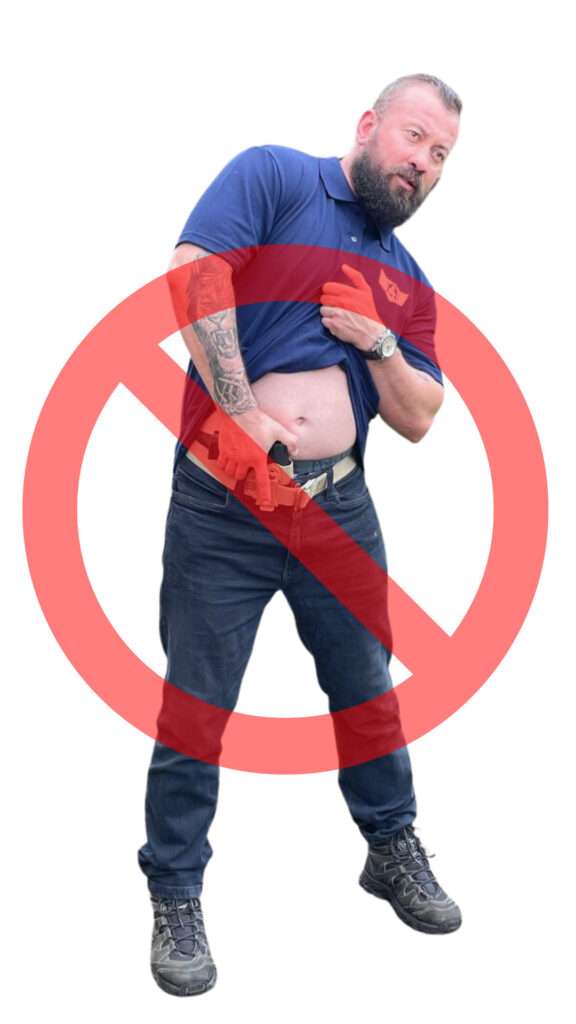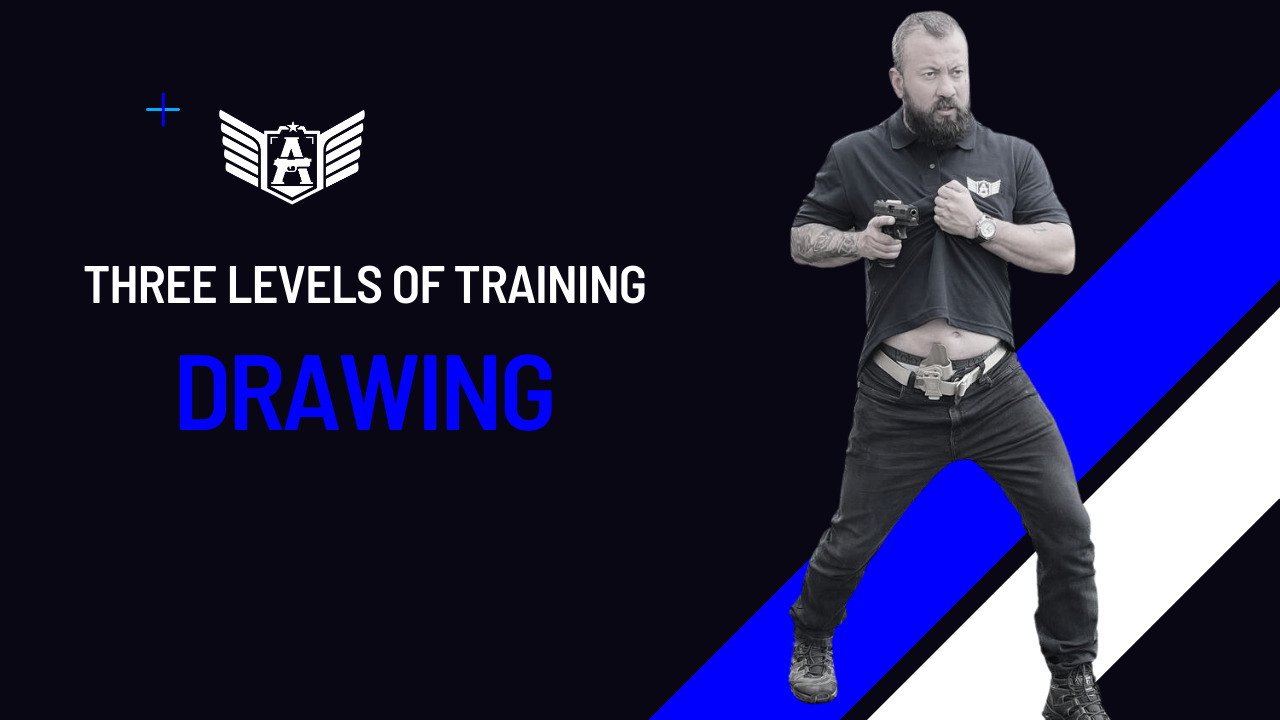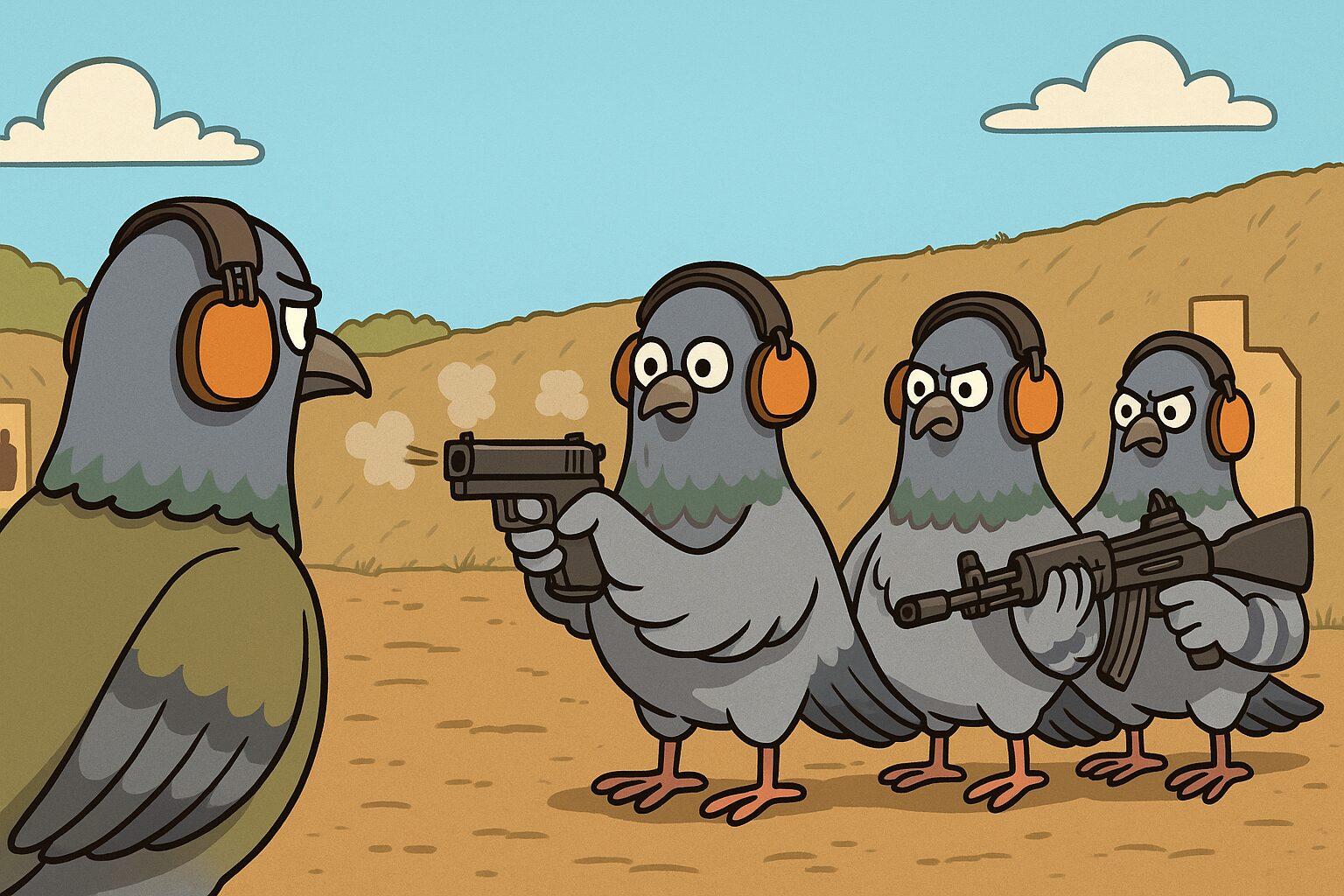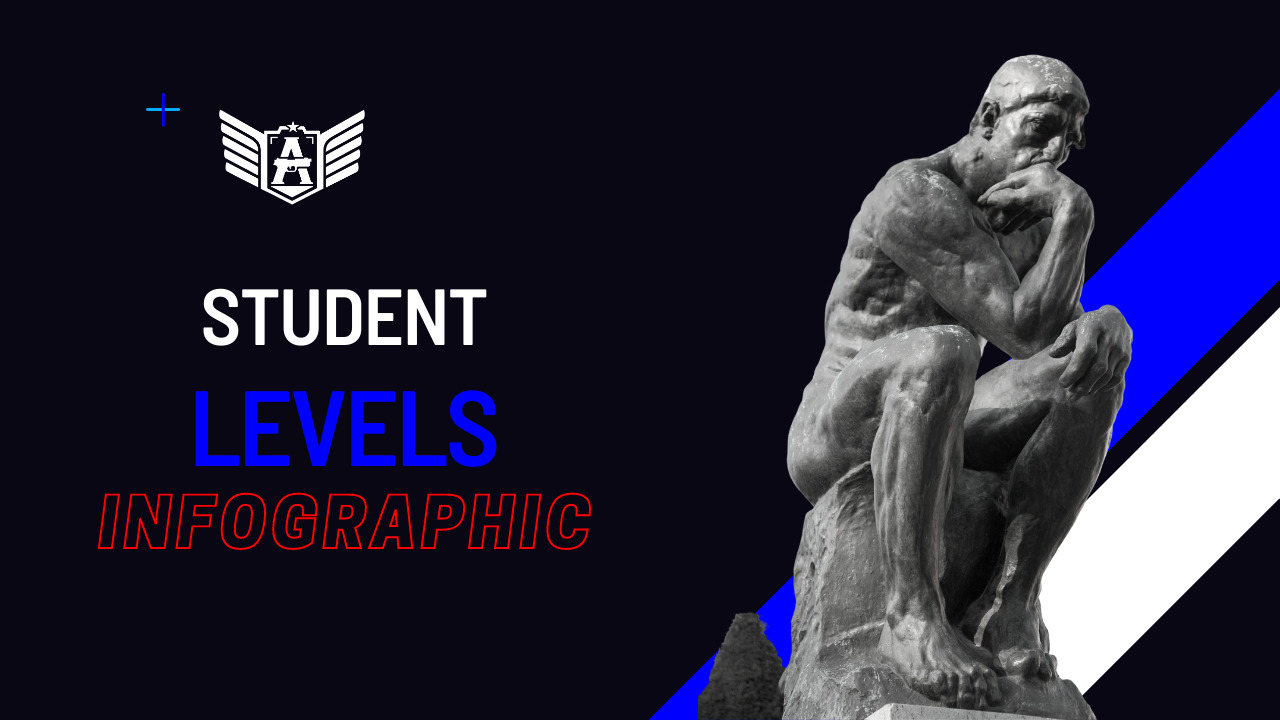
Three levels of training: Drawing from a concealed holster
When you intend to develop a certain skill, it is important to use a specific method instead of training randomly.
In this text I’m going to use the example of the drawing skill to show you a way to evolve our technique level in an efficient way.
Level 1. Motor pattern.
Before thinking of drawing quickly or on the move, it is important to build a strong base.
In this first phase the shooters must pay attention to every little detail of the technique, while practicing it slowly and repeatedly..
Regarding to drawing, for example, people usually commit mistakes like bending the body backwards or sideways, contracting the shoulder or activating muscles that shouldn’t be used during a draw.
I suggest students perform at least 1,000 perfect repetitions at this level before advancing to the next.
Level 2. Speed
Once you are performing the draw movement perfectly we can try your resistance under pressure.
There are several ways to emulate pressure during the trainig, the most basic is to play with the relation between time and speed.
We have a basic goal to achieve: the shooters must perfom their drawing and shoot a humanoid target 7 yards away in 1.5 seconds with a maximum of 1% of mistakes.

If the shooter is being fast but inacurate or inconsistent, it is not enough. 1.5 seconds is a hard mark for someone new to this world, but it is a lot of time for a trained shooter. But no speed is worthy if it doesn’t come with consistency..
Once you are sure you’ll ALWAYS hit a target 7 yards away in 1.5 seconds, we can move on to the next level. Not before.
Level 3. Application
Most people I see at the ranges performing super rapid draws are very likely to die in combat with their holstered pistols.
Shooters focus too much in shooting a paper (or metal) target fast, but they tend to forget the reason for the training.
We train to kill. Never forget that. If you have a problem with this sentence, you are not ready to carry a pistol.
In order to transfer the transfer the drawing skill to combat you must train for it. There are also several ways to do so, such as Force on Force training, scenario training, and mental emulation gaming, with the last one being the easiest to do alone.
The shooter may, for example, immagine his targets are not made of paper of metal and build a scenario in his mind. The shooter may, for example, imagine his targets are not made of paper or metal and build a scenario in his mind. When I do training like this, I envision a robbery scenario where my enemy gives me a window of opportunity by looking for someone else. When I see this in my mind, I draw and fire
Final thoughts

This text doesn’t have the objetive to teach the drawing technique, but to introduce part of the ABA Method for combat shooting training. It is essential for anyone who has decided to defend their family to attend a course and practice every day.
In conclusion, mastering the art of drawing from a concealed holster demands meticulous dedication and strategic progression. The journey from perfecting the foundational motor patterns to achieving lightning-fast draws under pressure culminates in the profound understanding that this skill serves a greater purpose. It embodies the responsibility to protect and defend, reminding us that effective combat training is not solely about precision and speed, but about channeling that expertise with unwavering purpose. As you embark on this path of expertise, always keep in mind that true proficiency comes not just from technical prowess, but from a profound sense of duty and readiness to safeguard what matters most.




